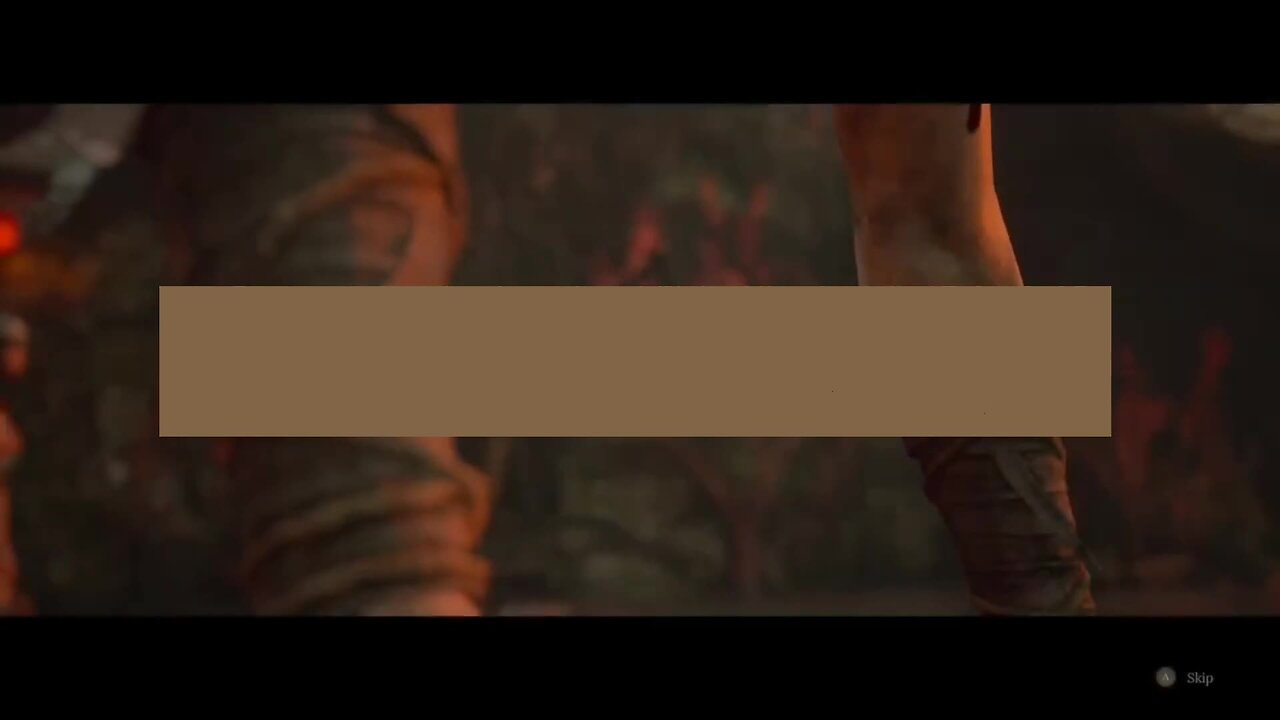Premium Only Content

Wuchang: Fallen Feathers - Stream 1
#gaming #wuchangfallenfeathers #xbox
*Wuchang: Fallen Feathers*, developed by Leenzee Games and published by 505 Games, launched on July 24, 2025.
At its core, *Wuchang: Fallen Feathers* delivers a soulslike experience that feels both familiar and distinct. The combat is the game’s strongest pillar, offering a fast-paced, responsive system that rewards precision and aggression. Central to this is the Skyborn Might mechanic, where successful dodges, parries, and attacks build a meter that fuels powerful weapon skills or elemental spells (fire, ice, poison, and lightning). This system encourages a high-risk, high-reward playstyle, allowing players to chain combos or unleash devastating abilities, reminiscent of *Sekiro*’s posture system but with greater flexibility.
Players can choose from five weapon types—longswords, one-handed swords, dual blades, axes, and spears—each with unique movesets and skill trees. The skill tree is a highlight, offering extensive customization with hundreds of nodes that unlock new attacks, passives, or stat boosts. For example, dual blades emphasize speed and bleed effects, while axes focus on heavy, stamina-draining strikes. You can respec your build at rest points (equivalent to Dark Souls’ bonfires), which encourages experimentation. The addition of ranged options, like crossbows and thrown projectiles, adds variety, though they’re less impactful than melee.
Exploration is equally compelling, with sprawling, interconnected levels that evoke *Bloodborne*’s labyrinthine design. Areas like the mist-shrouded Jade Peaks or the decaying Shu Outpost are packed with shortcuts, hidden paths, and collectibles like Red Mercury (the currency for leveling up) and crafting materials. The game rewards thorough exploration with lore fragments, upgrade materials, and rare weapons, making every detour feel worthwhile.
However, the difficulty curve is a significant pain point. While early encounters feel balanced, later bosses introduce dramatic spikes, with some featuring erratic attack patterns or overwhelming multi-enemy fights. Reviewers noted moments of “artificial difficulty,” such as ambushes with little telegraphing or bosses with health pools that drag fights unnecessarily. The parry window, while forgiving compared to *Sekiro*, feels inconsistent against certain enemies, leading to frustrating deaths. These issues disrupt the genre’s hallmark of fair-but-punishing challenge, occasionally feeling cheap rather than rewarding.
The narrative centers on Bai Wuchang’s quest to uncover her past and the origins of the Feathering Disease, set against the backdrop of a crumbling Ming Dynasty. The world is steeped in Chinese mythology, with creatures inspired by folklore (like the Jiangshi-like undead) and environments that mirror classical Chinese art—think misty mountains, bamboo groves, and ornate ruins. The Sanxingdui influence adds a layer of eerie mysticism, with bronze-masked enemies and ancient relics tying into the lore.
While the setting is a standout, the storytelling falters. The narrative is delivered through cryptic NPC dialogue, item descriptions, and environmental clues, a staple of the soulslike genre. However, unlike *Elden Ring* or *Dark Souls*, the lore feels disjointed, with NPCs offering vague monologues that rarely connect to the player’s actions. The Feathering Disease, a core plot device, is underutilized in gameplay, manifesting only in occasional stat debuffs or cosmetic changes rather than meaningful mechanics like *Bloodborne*’s Frenzy system. This makes the story feel more like a backdrop than a driving force, disappointing players who crave narrative depth.
Visually, *Wuchang* is a triumph. The art direction captures the melancholic beauty of Ming-era China, with detailed environments that blend realism and fantasy. Temples crumble under overcast skies, lanterns cast warm glows in rainy villages, and grotesque enemies contrast with serene landscapes. Character designs, particularly for bosses like the Feathered General or the Bone-Crow Matriarch, are memorable, with intricate animations that make each encounter cinematic.
The soundtrack complements this, weaving traditional Chinese instruments (like the erhu and pipa) with electronic and orchestral elements. The music shifts dynamically during combat, amplifying tension, while ambient tracks enhance exploration. Voice acting, available in Mandarin and English, is solid but sparse, with some English performances feeling stilted.
The campaign spans 40-60 hours, depending on exploration and difficulty, with a New Game+ mode that increases enemy stats and adds new loot. The skill tree and weapon variety encourage multiple playthroughs to test different builds, and hidden secrets (like optional bosses or lore-heavy areas) reward dedicated players. However, the lack of multiplayer (co-op or PvP) limits replayability compared to FromSoftware titles, a missed opportunity for a game with such robust mechanics.
-
 1:19:47
1:19:47
Kim Iversen
3 hours agoIsrael Tried to Kill Hamas in Qatar — Here’s What Really Happened
21.9K55 -
 1:01:38
1:01:38
TheCrucible
3 hours agoThe Extravaganza! EP: 34 (9/09/25)
49.4K11 -
 LIVE
LIVE
Quite Frankly
5 hours ago3I/ATLAS Space Invasion & Other Strange Stories | Ryan Gable 9/9/25
405 watching -
 2:02:27
2:02:27
Redacted News
3 hours ago"This is an ACT OF WAR!" Israel Bombs Qatar - Middle East Descending into Chaos | Redacted
87.4K101 -
 53:14
53:14
Candace Show Podcast
3 hours agoBecoming Brigitte: The God Of Amiens.
37.9K72 -
 LIVE
LIVE
MattMorseTV
3 hours ago $5.00 earned🔴Trump’s Oval Office PROCLAMATION. 🔴
1,253 watching -
 0:31
0:31
Danny Rayes
1 day agoThis Company is Cooked 😨
3.37K1 -
 LIVE
LIVE
Wayne Allyn Root | WAR Zone
6 hours agoWAR Zone LIVE | 9 SEPTEMBER 2025
124 watching -
 1:14:54
1:14:54
vivafrei
4 hours agoCash for Criminals? Did Judge Wrongly Release Accused Murderer? Epstein Doc Release! Swalwell Sucks!
82.2K33 -
 2:02:47
2:02:47
The Quartering
6 hours agoToday's Breaking News! Greta FAKES Drone Attack, Animal Cruelty Spike & Cracker Barrel
105K49